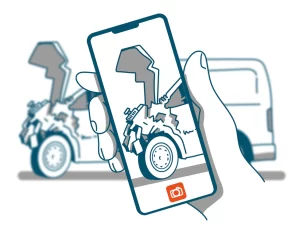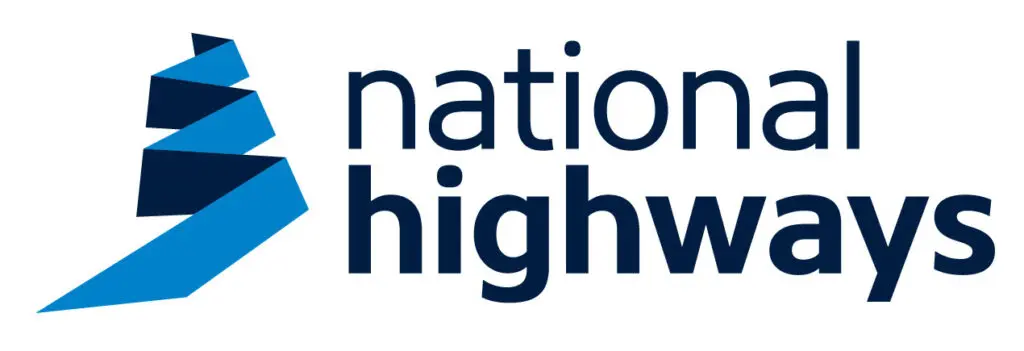Check what you know
Did you know?
Best practice tips
Check what you know
Did you know?
- Drivers face a fine up to £5,000 and up to 10 penalty points on their licence, a potential driving ban and a prison sentence of up to six months for failing to stop or report an accident or collision.
- Since 2018 most vehicles are fitted with an emergency call system, known as eCall. This is a built-in safety feature, automatically activated in the event of a collision when the airbags are deployed. When activated, eCall contacts a 999 operator and provides your vehicle’s exact location directly to emergency services. It can also be manually activated by the driver or passenger by pressing a button – this button is known as eCall SOS.
Drivers must report any work- related road collision, incident or near miss in which they are involved, or witness, and co-operate with their organisation’s reporting and investigation procedures.
![]() If details were not exchanged at the scene, the collision should be reported to the police within 24 hours.
If details were not exchanged at the scene, the collision should be reported to the police within 24 hours.
Best practice tips

- dogs
- horses
- cows
- pigs
- sheep
- goats
- donkeys
- mules
Essential information for drivers to gather at the scene of a collision/incident:

- date, time, and exact location (with reference to a fixed point)
- registration number, model, colour, position, and direction of travel of all vehicles and other parties
- environmental conditions (visibility, road surface, condition, etc)
- a brief account of what happened
- photos of any damage to all vehicles involved
- other driver’s name and address and contact details
- other party’s insurance company details
- damage to all vehicle(s) and/or property
- number of passengers in the vehicles
- injury to driver and/or passenger and other parties
- names and addresses of any witnesses
- any other relevant factors
Consider using a dashcam and other incident reporting tools and apps.
Categories


Crown Copyright 2025
You may re-use this information (not including logos) free of charge in any format or medium, under the terms of the Open Government Licence.
To view this licence, visit www.nationalarchives.gov.uk/doc/open-government-licence